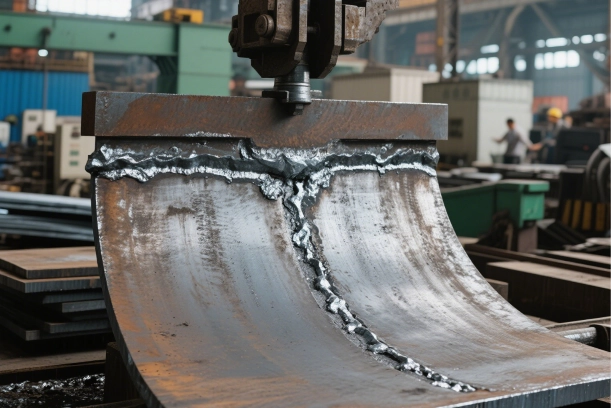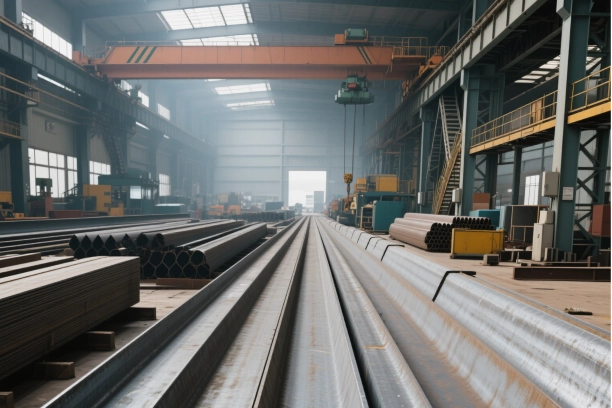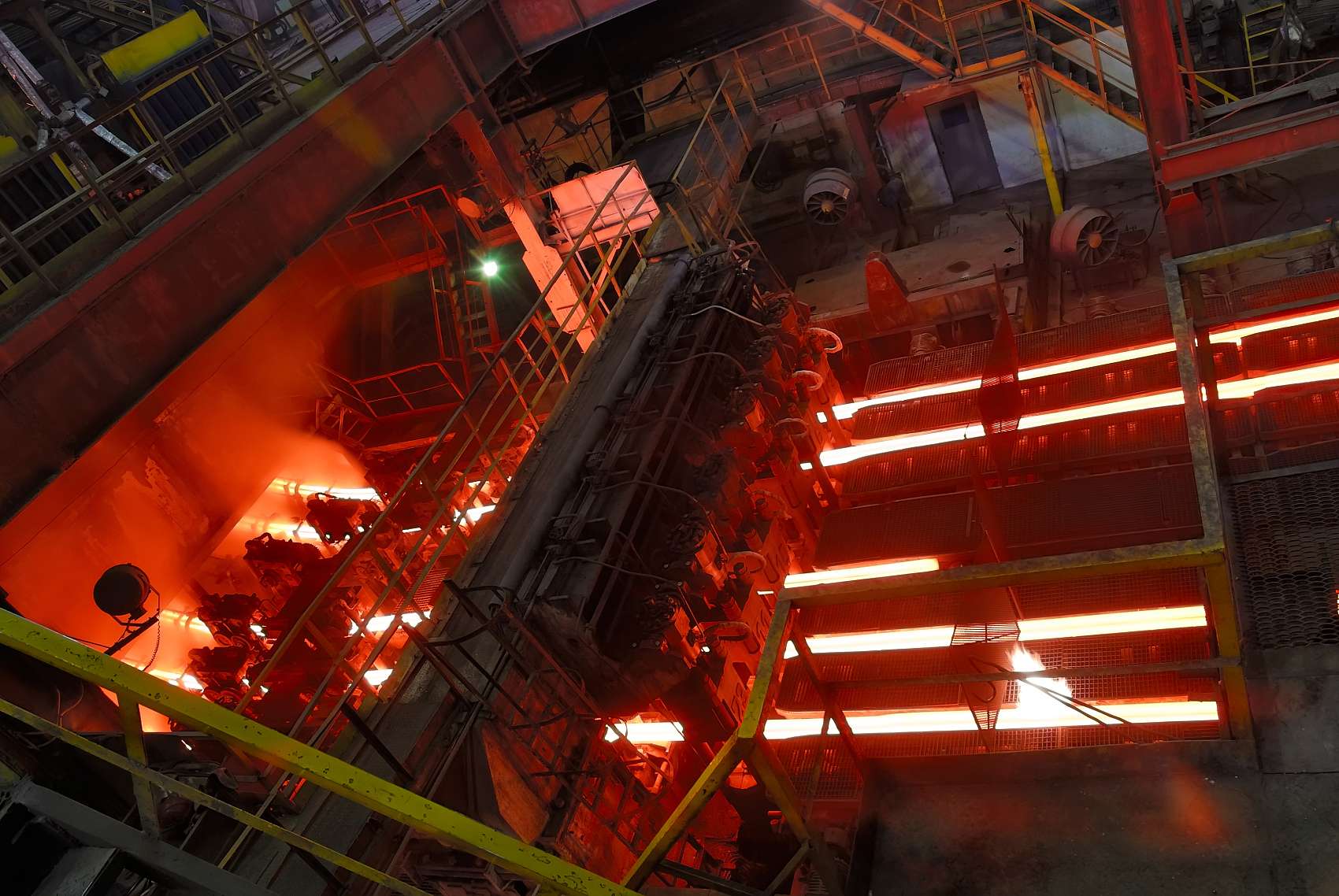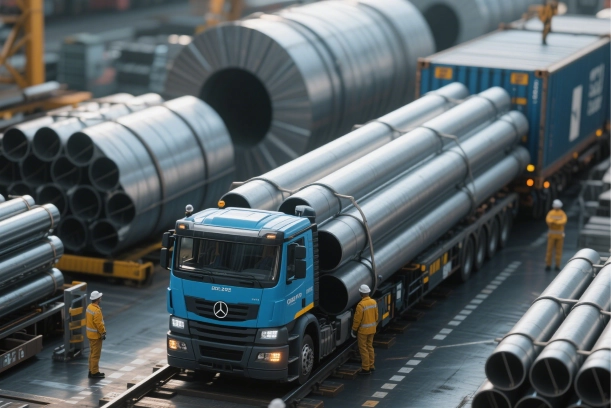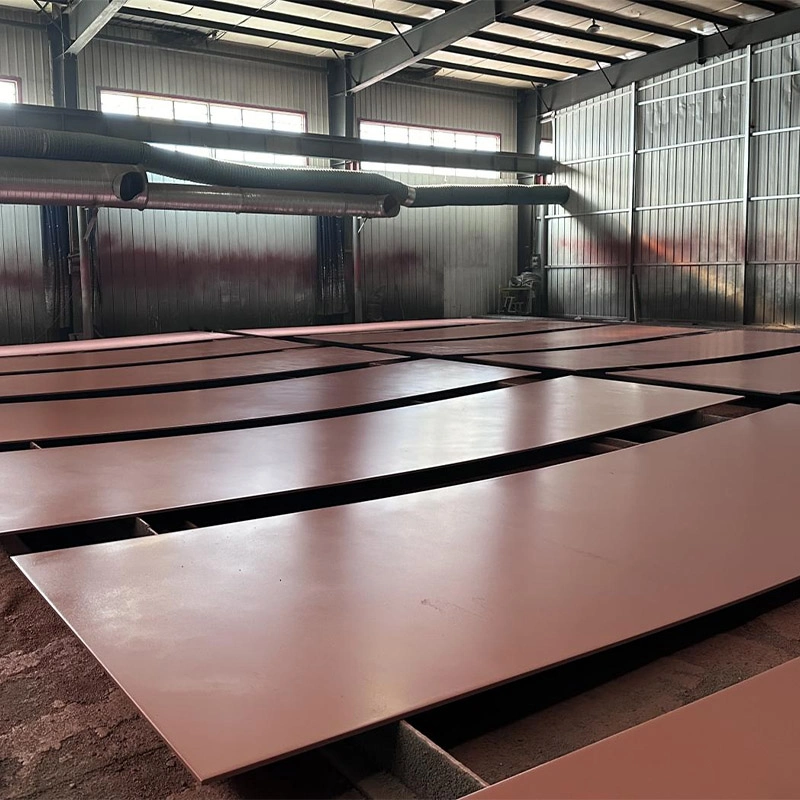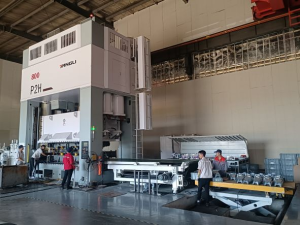
What Is Sheet Metal Blanking
Sheet metal blank production plays a role in manufacturing industries like automotive sectors by cutting metal sheets into specific shapes known as “blanks.” These blanks are further processed to create components with dimensions and tolerances for top-notch automotive parts quality consistency is key in this process of producing gears shaft bolts and standard parts used across different applications such, as automatic electronics home appliances, and office supplies.
Process of Sheet Metal Blanking
The process of blanking sheet metal starts by feeding a coil or sheet of metal into a press that has a die attached to it for cutting the metal into shapes under pressure application requirements of specific specifications for further assembly or fabrication processes are essential; The use of dynamic laser blanking line with linkage technology offers notable benefits compared to conventional methods as it is energy efficient and consumes only 30% 50% less power, than traditional stamping equipment. Furthermore, this technology leads to the production of significantly lighter devices weighing a mere 20% and 40% compared to traditional systems.
Materials Used in Sheet Metal Blanking
The selection of material for cutting sheet metal relies on the purpose it serves. The qualities needed in the end product. Various materials such as steel alloys and aluminum alloys are typically chosen for their mix of strength and ease of handling. One example is cutting steel which stands out in manufacturing thanks to its ease of machining and suitability for crafting delicate items, like watch components and electronic pins.
Factors Influencing Sheet Metal Blanking
Material Thickness and Type
The thickness of the material is a factor in how well the blanking process works out effectively since cutting through thicker materials needs more force and might need special tools or methods for accurate outcomes The kind of material used also impacts the decision, on die design and cutting technique used For instance aluminum silicon coated panels need to be handled with care during welding to ensure they perform at their best.
Precision of Die Design
The accuracy of the die design significantly influences the excellence of outputs in sheet metal blanking procedures. A crafted die guarantees smooth cuts with fewer burrs or flaws lessening the necessity for extra refining tasks. The versatile adaptable fixtures prove beneficial for clients with varied product demands as they can cater to large-scale manufacturing or small-scale trial production while addressing more than 90% of welding needs, for single and double-door openings.
Press Speed and Force
Speed and pressure play roles in determining how well a blank is made during the cutting process—it affects both how fast the work gets done and how good the results are gonna be. Of a trade-off though—going faster can get more done but might mess up the preciseness if you’re not careful. On the side, not enough pressure could end up with cuts that aren’t quite finished or blanks that are all warped. Fancy equipment like laser welding systems coated with aluminum-silicon is about giving you more control over these things. They have features, like laser movements and wire feeding to help you get it just right.
Incorporating cutting-edge technologies into the shaping of sheet metal has transformed the production sector by boosting productivity and cutting expenses while elevating the quality of finished products. By pushing boundaries in material advancements and machinery enhancements manufacturers can attain increased accuracy and dependability in crafting notch automotive parts that comply with rigorous industry regulations such, as the IATF16949;2016 Automotive Industry Quality Management System standards.
Advantages of Sheet Metal Blanking
High Precision Achievements
Cutting accuracy is a feature of contemporary sheet metal blanking techniques The combination of a laser blank line with linkage technology delivers exceptional precision in cutting tasks This innovative approach guarantees exact cuts and reduces material waste significantly while also decreasing the necessity for additional finishing steps The level of accuracy attained with these systems complies, with strict industry regulations and guarantees that components integrate seamlessly into bigger structures.
Efficiency in Production
Efficiency is another critical advantage of advanced sheet metal blanking technologies. Energy-efficient systems consume only 30%-50% of the power required by conventional stamping equipment, significantly reducing operational costs. Additionally, the lightweight nature of modern equipment, weighing only 20%-40% of traditional systems, enhances production efficiency by allowing faster setup and easier handling. These advancements contribute to shorter production cycles and increased throughput, essential for meeting the high demands of the automotive industry.
Material Utilization Benefits
Precision sheet metal blanking offers an advantage in maximizing material usage through advanced techniques employed by manufacturers to reduce waste and increase raw material yield effectively while also promoting cost efficiency and sustainable manufacturing practices through reduced scrap rates and minimized waste generation.
Applications in the Automotive Industry
Body Panels and Structural Components
Blank sheet metal cutting is crucial for making body panels and structural parts for cars ensuring dimensions and high productivity with modern methods to meet strict requirements for fit and appearance, in these essential components of vehicle exteriors.
Engine and Exhaust Systems
In the realm of engine and exhaust systems sheet metal blanks transform to become components like heat shields, brackets, and housings. Among the materials preferred for tasks cutting steel stands out for its ease of machining. It is a choice, for crafting intricate parts that can endure elevated temperatures and rigorous mechanical demands.
Internal Safety Components
Safety is a priority in design because internal safety mechanisms like crumple zones and reinforcements rely heavily on accurately made sheet metal blanks to work effectively.They are crafted to absorb impact energy and maintain the structure of a vehicle during accidents.Blank manufacturing methods are crucial, for creating safety parts that meet high quality requirements and improve vehicle safety overall.
Wheels and Suspension Systems
The wheels and suspension systems gain strength and durability from cut sheet metal blanks which endure heavy loads and stresses while the vehicle is, in use requiring top-notch materials and precise manufacturing methods to uphold quality standards.
Promispecial® Offers Top Sheet Metal for Cars
Promispecial® stands out as a leader in providing top-quality sheet metal solutions for the automotive industry. With a commitment to excellence backed by comprehensive management systems like IATF16949:2016 Automotive Industry Quality Management System, Promispecial® ensures the delivery of world-class products that meet stringent quality standards.
Promispecial® utilizes technologies like laser oscillation and wire-feeding welding features to achieve exceptional precision, in manufacturing automotive sheet metal parts that improve vehicle performance and meet strict safety regulations effectively.
Promispecial® excels in creating custom welded blanks for car panels. Offers inventive solutions to meet a wide range of needs in the automotive industry—showcasing our dedication to delivering top-notch custom steel products that stand out in today’s competitive market environment. Contact us to learn more about special steel products and our customized services.
| 800-Ton Level Blanking Machine | |
| Thickness / Yield Strength | 0.5–2.5mm: σs ≤ 590MPa, σb ≤ 980MPa |
| 2.6–3.2mm: σs ≤ 980MPa, σb ≤ 1470MPa | |
| Coil Dimensions | Inner Diameter of Coil: Φ508/Φ610mm |
| Outer Diameter of Coil: ≤ Φ1800mm | |
| Feeding Length | 10–4000mm |
| Feeding Width | 50–1850mm |
| Flatness | ≤ 3mm/m |
| Feeding Precision | ± 0.1mm/m |
| Public Power | 8000 kN |
| Public Power Stroke | 8mm |
| Sliding Stroke | 300mm |
| Sliding Stroke Frequency | 20–50/min |
| Maximum Equipment Height | 1250mm |
| Equipment Horizontal Adjustment Range | 500mm |
| Sliding Block Footprint | 2500*4000mm |
| Maximum Sliding Block Weight | 15 tons |
FAQ
Q: What is the tolerance for sheet metal blanking?
A: The tolerance depends on the material properties, such as strength and thickness. The layout of the parts also determines the overall tolerance. Generally speaking, a tolerance between ± 0.0003-0.002 inches can be achieved.
Q: What is the speed of precision metal sheet blanking?
A: Typically, the operating speed range for precision metal blanking is between 3 and 15 millimeters per minute.

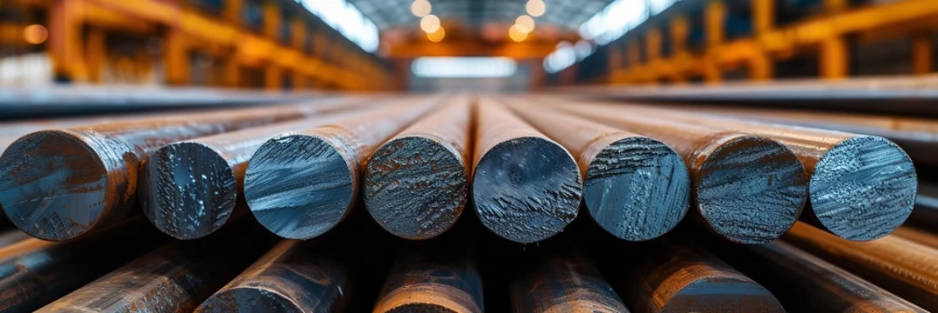
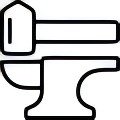
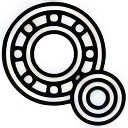

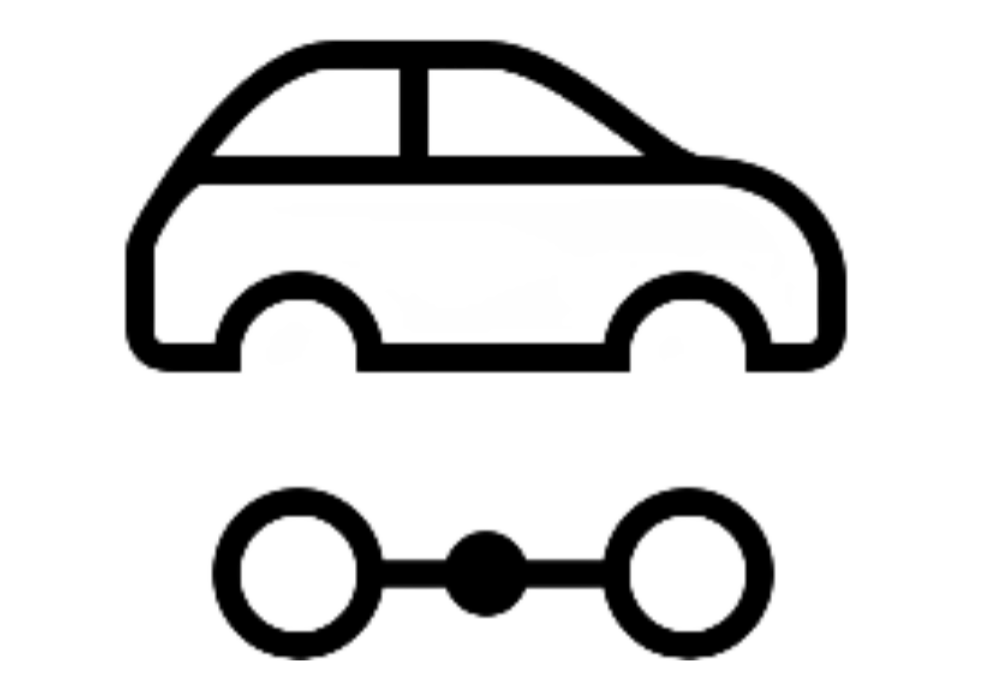
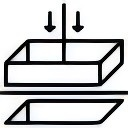

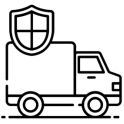
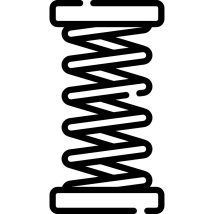





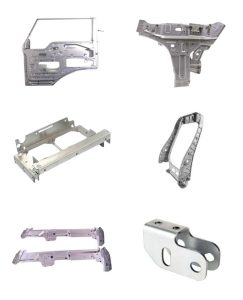
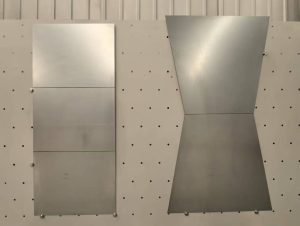
.webp)
